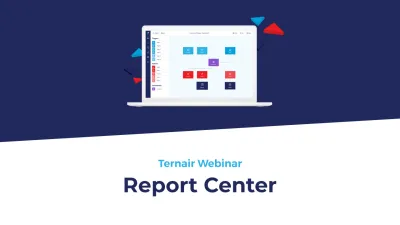AI is everywhere. From chatbots to personalized product recommendations, artificial intelligence is transforming marketing. Even within Customer Data Platforms (CDPs), AI is increasingly popping up. But is this a gamechanger or mostly a nice promise?
It is becoming increasingly clear where AI within a CDP really makes a difference. Because while the possibilities seem endless, the practice is often more unruly. In this blog, I take you through the real impact of AI within a CDP and where it does - and does not - work.
AI in CDPs: the promises and the practice
Many CDP vendors flaunt AI functionalities. The promises sound appealing:
Automated segmentation: AI discovers patterns in customer data and creates segments that marketers themselves might not have seen.
Predictive analytics: Which customers are in danger of dropping out? Which ones are ready for an upsell?
Advanced personalization: AI determines at the individual level which content or offer is the best fit.
Smarter campaigns: Automatically optimize campaigns based on real-time behavioral data.
Sounds good, right? But in practice, you often see that marketers can't make full use of the promises. Why is that?
The reality: AI is as good as your data
The power of AI hinges on the quality of your data. Here immediately lies the biggest challenge:
Many companies have data silos: customer data is scattered across different systems and departments, lacking a complete customer view. AI also needs sufficient and well-integrated data to deliver reliable insights. Small, fragmented data sets often yield less valuable results. It is therefore crucial to first get your data household in order. A CDP can help to combine and structure data from different sources. This is exactly where experienced CDP vendors such as Ternair can make a difference. Without strong data foundations, AI remains a nice promise without real impact.





